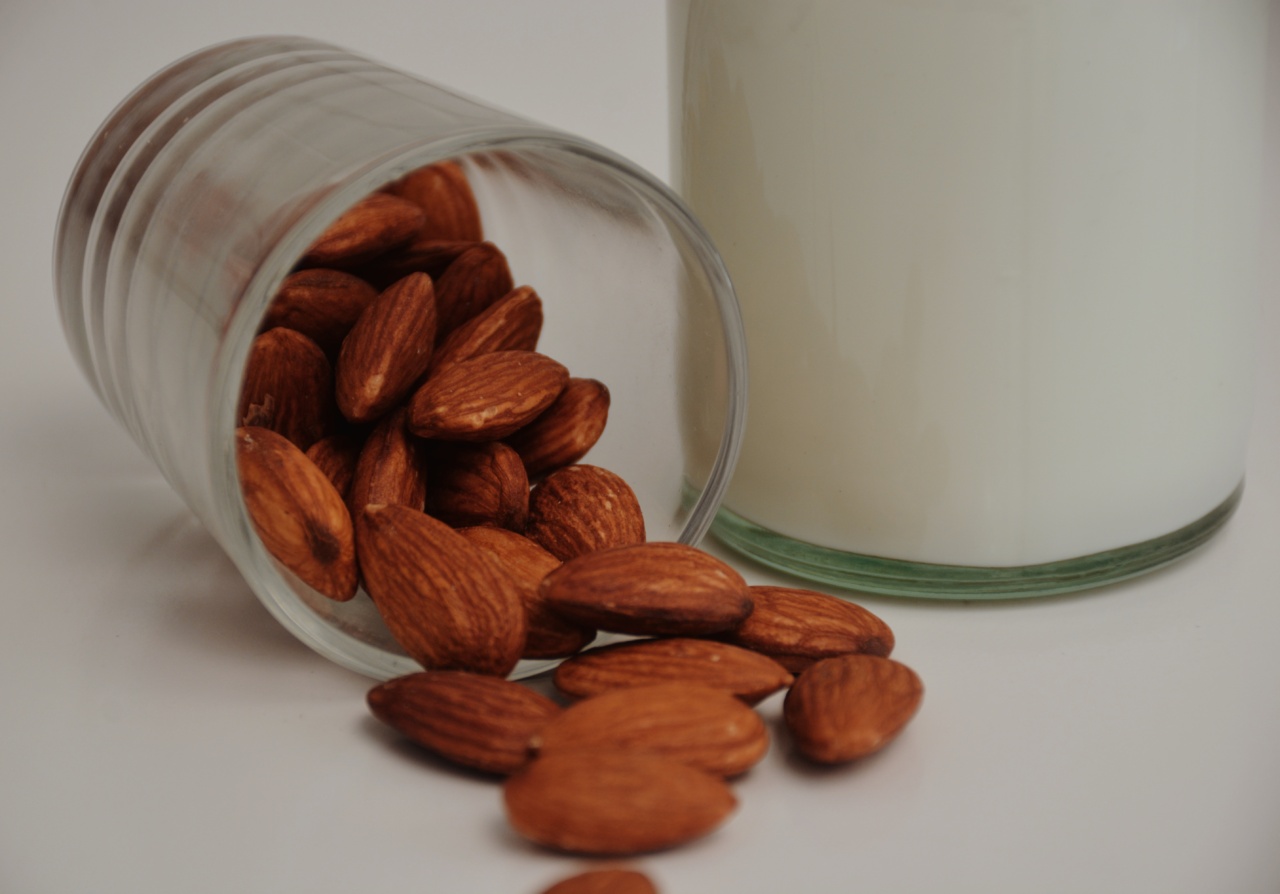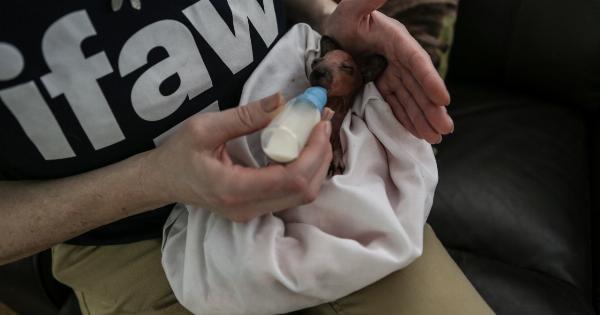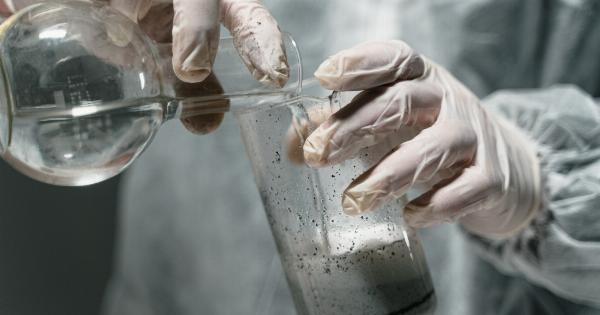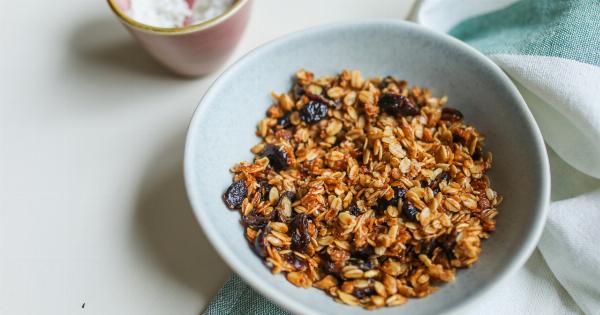Raw milk, also known as unpasteurized milk, is milk that has not undergone the process of pasteurization. This means that it has not been heated to kill harmful bacteria, viruses, and other microorganisms that could cause illness.
While raw milk has been consumed for centuries and is believed to have some health benefits, it is not without its risks. In this article, we will explore the dangers of drinking raw milk and why experts recommend consuming only pasteurized milk.
Bacterial Infections
Raw milk can contain harmful bacteria such as Salmonella, E. coli, and Listeria, which can cause serious illness.
These bacteria are not always visible or detectable by smell or taste, which means that even if the milk appears and smells fine, it may be contaminated. In some cases, these infections have led to hospitalization and even death.
Increased Risk for Vulnerable Populations
Young children, pregnant women, the elderly, and people with weakened immune systems are particularly vulnerable to the dangers of drinking raw milk.
This is because their immune systems may not be strong enough to fight off the harmful bacteria found in raw milk. In pregnant women, consuming raw milk can also put the fetus at risk of developing serious health problems.
Lack of Nutritional Benefits
While raw milk proponents claim that it has more health benefits than pasteurized milk, there is little scientific evidence to back up these claims.
In fact, some studies suggest that the nutritional differences between raw and pasteurized milk are negligible. In addition, pasteurization does not significantly affect the nutritional value of milk, meaning that drinking pasteurized milk still provides all the same essential nutrients as raw milk.
Legal Risks
Because of the risks associated with raw milk, many states have laws prohibiting or restricting its sale. In some states, it is illegal to sell raw milk for human consumption, while in others, it can only be sold on the farm where it was produced.
Violating these laws can result in fines and legal sanctions. In addition, the liability risk for farmers who produce and sell raw milk is significant and can lead to costly legal battles if someone becomes ill from consuming their products.
Increased Costs
Producing and selling raw milk can also be more costly than producing pasteurized milk. This is because additional precautions must be taken to ensure the safety and quality of the milk.
For example, farmers must test their milk regularly for harmful bacteria, which can be an expensive and time-consuming process. In addition, the risks associated with raw milk may also make it more difficult to obtain insurance coverage or financing, which can further increase the cost of production.
Risks to the Environment
The production and transport of raw milk can also have negative environmental impacts. Raw milk requires refrigeration and must be transported quickly to prevent spoilage, which can result in increased greenhouse gas emissions.
In addition, the risks associated with raw milk can also lead to increased use of antibiotics and other treatments, which can contribute to the development of antibiotic-resistant bacteria.
Conclusion
While raw milk enthusiasts argue that it is a natural and healthy alternative to pasteurized milk, the risks associated with consuming raw milk are significant.
Bacterial infections, legal risks, increased costs, and negative environmental impacts are just some of the dangers of drinking raw milk. For most people, the benefits of consuming pasteurized milk far outweigh any potential benefits of consuming raw milk. It is important to always choose pasteurized milk to protect yourself and your family from the dangers of raw milk.





























